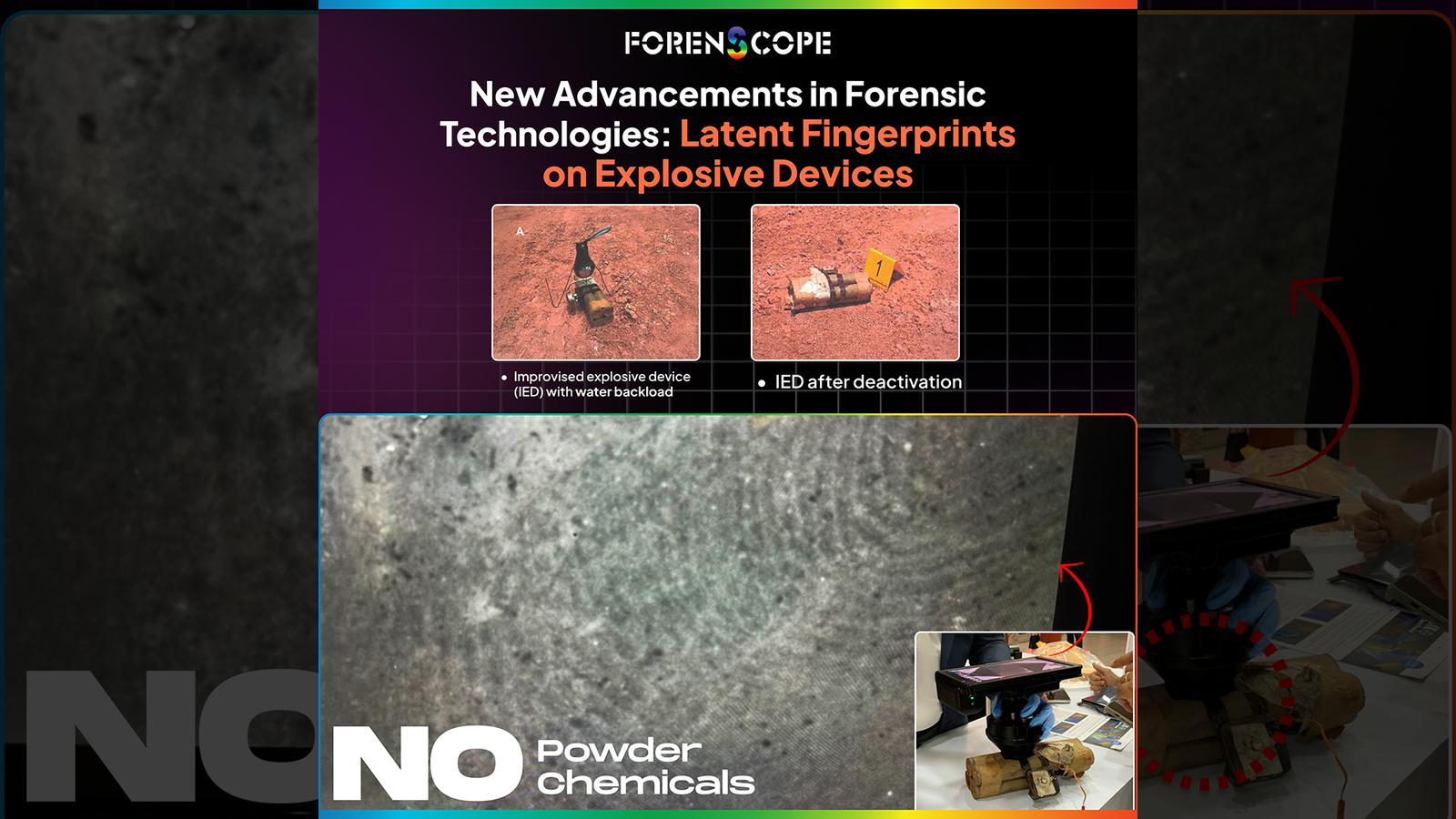Forensic units have begun routine field use of contactless 8K Android’s Superspectral imaging to recover latent fingerprints from explosive devices, according to operational updates from several public security agencies. The imaging method allows investigators to document friction ridge detail without physically touching evidence or applying chemicals, a notable shift from traditional development techniques.
The approach aligns with interdisciplinary procedures described in Locais de Crime Com Explosivos: Uma Metodologia Forense Interdisciplinar (Organizer: Gerard De Oliveira Deokaran), which emphasizes minimally invasive documentation and preservation of forensic traces in post-blast environments.
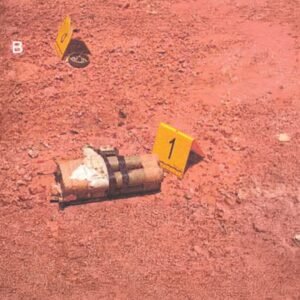
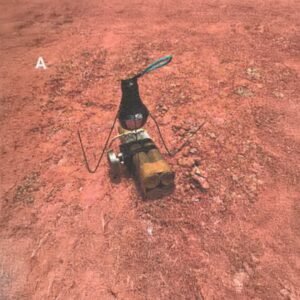
Context and Limitations of Conventional Methods
In explosive crime scenes, components often present surfaces that are heat-exposed, wet, or contaminated, limiting the effectiveness of standard fingerprint development methods such as powdering or cyanoacrylate fuming. Additionally, these techniques require contact or exposure to chemicals, increasing the risk of altering fragile trace evidence.
In response, forensic teams have started applying multispectral imaging techniques, specifically using 8K resolution systems capable of scanning across ultraviolet (UV), visible (VIS), and infrared (IR) bands. These systems detect ridge detail formed by sweat, oils, and other residues on a variety of surfaces, porous, non-porous, reflective, and curved without contact or chemical interaction.
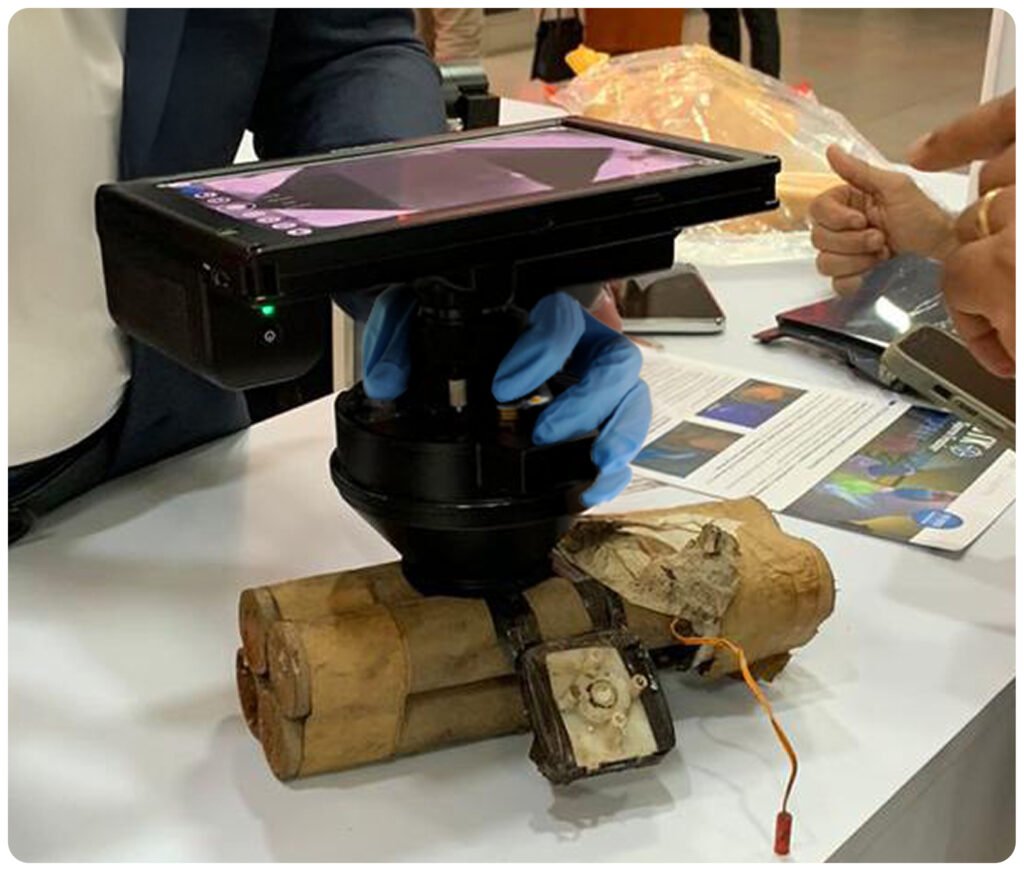
Technical Highlights of the Imaging Approach
The 8K’s superspectral imaging method introduces several advantages relevant to explosive-related forensic work:
-
High-resolution ridge capture: Fine ridge edges and pore-level details can be resolved due to the increased spatial sampling of 8K imaging.
-
Broad dynamic range: High bit-depth imaging retains detail in both shadows and highlights, important for glossy or curved surfaces often found in improvised devices.
-
Glare mitigation: Narrow-band illumination and optional cross-polarization reduce reflections on anodized metals and other reflective materials.
-
Macro imaging accuracy: Calibrated optics deliver 1:1 scale imaging across the frame, ensuring consistent ridge counting.
-
Multiband analysis: The ability to sweep and fuse UV, VIS, and IR bands helps isolate latent residue from background substrates that might obscure detail in single-band or chemical imaging.
-
Chain-of-custody assurance: Image files include embedded metadata such as timestamps, lens and band information, and cryptographic hashes, allowing secure transmission to biometric systems such as AFIS.
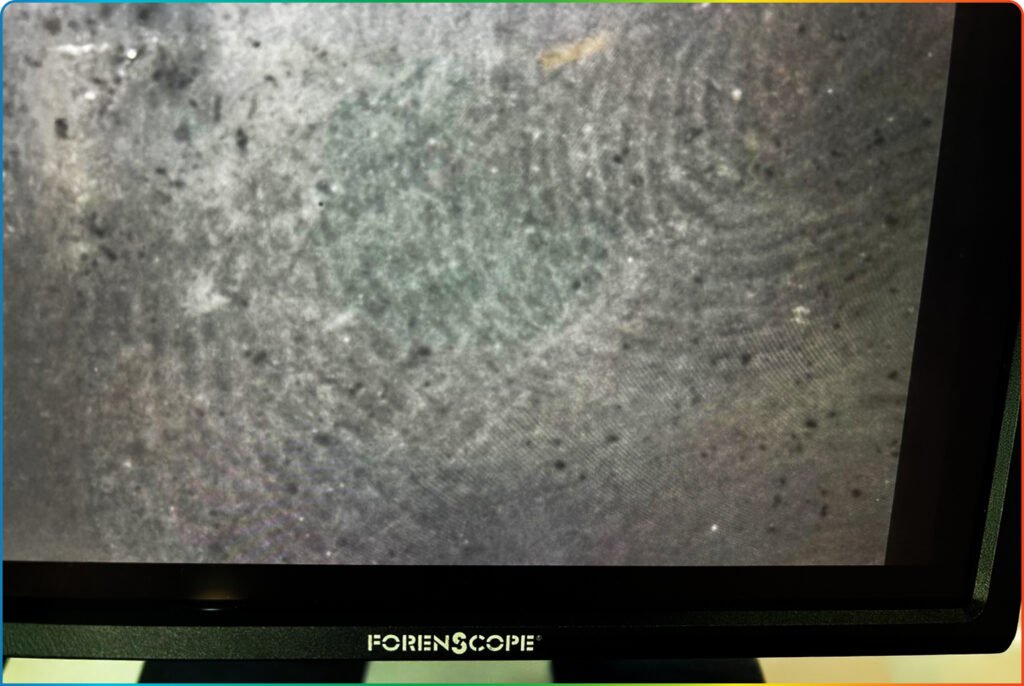
Use After Disruption by EOD Teams
Following the use of water disruptors by Explosive Ordnance Disposal (EOD) teams, partial ridge detail may survive on internal or external components of the device. Forensic personnel have begun documenting these areas, such as end caps, circuit boards, adhesive materials, and exterior contact points, using 8K SuperSpectral imaging mounted on handheld, tripod, or robotic platforms.
This approach enables stand-off image acquisition directly at the scene, which reduces handling and shortens scene-processing time. Agencies report that the ability to preview images in real time has helped reduce the need for repeat processing or physical manipulation of evidence.
Operational Integration
Current field applications are focused on:
-
Improvised housings and containers
-
Electronic assemblies and connectors
-
Adhesive tapes, foils, and bindings
-
Handled surfaces on bags or cases
Feedback from early deployments indicates improved efficiency in post-blast triage and a reduction in scene time. Imaging data is being transferred directly for AFIS comparison, aiding in the identification process without requiring additional development stages.
Attribution:
This summary reflects operational usage of Forenscope’s 8K SuperSpectral imaging systems and methodological context drawn from Locais de Crime Com Explosivos: Uma Metodologia Forense Interdisciplinar (Organizer: Gerard De Oliveira Deokaran).



